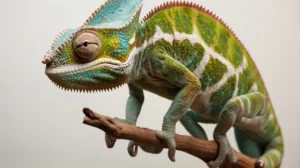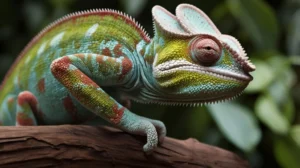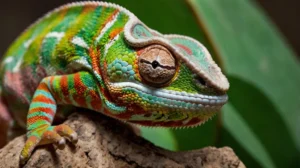Beginner Chameleons: Best Starter Species?
For enthusiasts captivated by chameleons and ready to embrace their complex care, the next question is often: which species is best for a beginner? It’s crucial to understand that “beginner chameleon” is a relative term. No chameleon species is truly easy or low-maintenance. However, some are considered slightly hardier, more adaptable to captive conditions, and more forgiving of minor husbandry errors than others.
The Concept of an “Easy” Chameleon
Before diving into species, let’s reiterate: all chameleons require significant investment in setup, precise environmental control (temperature, humidity, UVB), specialized diets, and minimal handling. A “beginner” chameleon is one that:
- Is generally more robust and less prone to stress-induced illness compared to more delicate species.
- Has care requirements that are well-documented and widely understood.
- Is readily available as healthy, captive-bred individuals.
Research is Paramount: Regardless of the species chosen, exhaustive research into its specific needs is essential *before* purchase. Assuming care is identical across species is a recipe for failure.
Veiled Chameleon (Chamaeleo calyptratus)
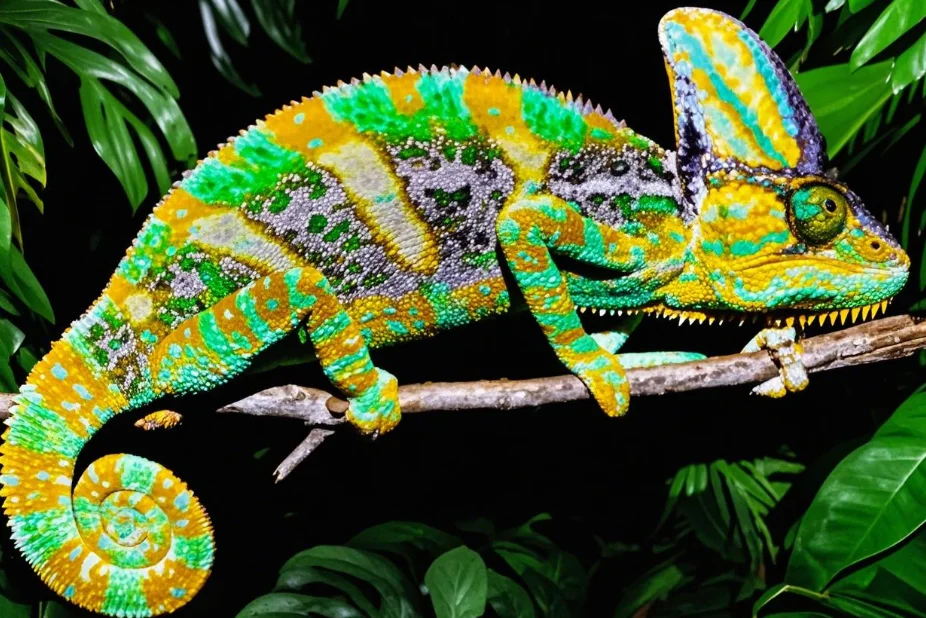
Often cited as the top recommendation for first-time chameleon keepers, and for good reasons:
- Hardiness: Generally considered one of the most durable chameleon species in captivity. They tolerate a slightly wider range of conditions than some others (though precision is still key).
- Availability: Widely bred in captivity, making healthy individuals relatively easy to find from reputable sources.
- Appetite: Usually have strong feeding responses.
- Size & Impressiveness: Grow to a substantial size (males up to 24 inches), with prominent casques (helmet-like structures) that are visually striking.
- Temperament Caveat: Can be more territorial or defensive than Panthers, especially males. May hiss or display more readily if feeling threatened.
Care Highlights: Require large, tall enclosures, high UVB, distinct basking spots (around 85-95°F), moderate humidity with daily misting. Prone to MBD if calcium/UVB is wrong, and females are prone to egg-binding if not provided proper laying conditions (even without mating).
Panther Chameleon (Furcifer pardalis)
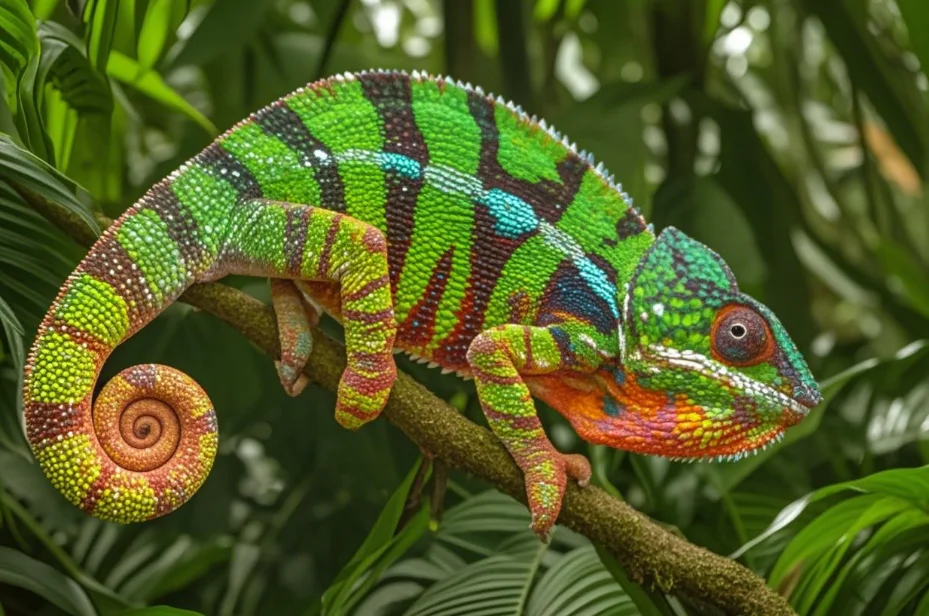
Another popular choice, particularly famed for the stunning and variable colors of the males (often named by their geographic locale, e.g., ‘Ambilobe’, ‘Nosy Be’).
- Color: Unmatched vibrancy, especially in males, making them highly desirable display animals.
- Temperament: Often considered slightly more laid-back or less overtly defensive than Veileds, though individual personality varies.
- Availability: Widely captive-bred, though specific locales can be rarer and more expensive.
- Hardiness: Generally robust, but perhaps slightly less forgiving of husbandry errors than Veileds.
Care Highlights: Similar setup needs to Veileds (large enclosure, high UVB, basking spot), but sometimes prefer slightly milder temperatures and higher humidity depending on locale. Excellent ventilation is critical. Their intense colors rely on optimal health and environment. The cost can be significantly higher than Veileds.
Jackson’s Chameleon (Trioceros jacksonii)
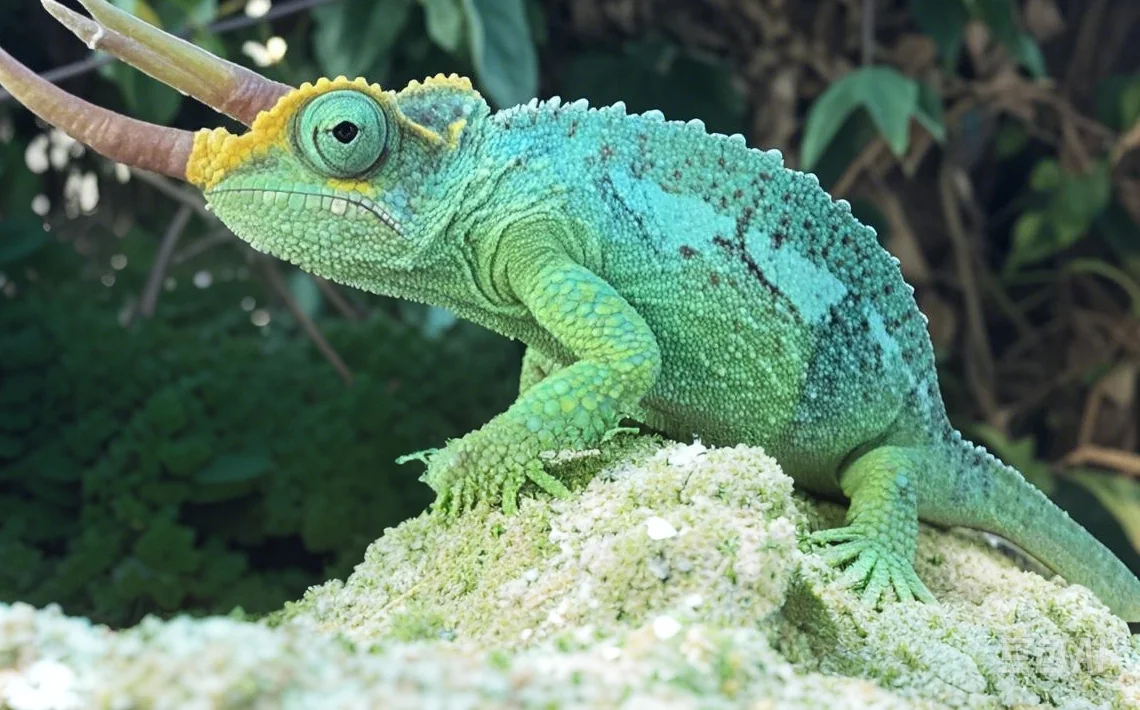
Known for the males’ three horns, resembling a mini Triceratops. They are sometimes considered for beginners but come with specific challenges.
- Unique Appearance: The horns give them a distinct look.
- Cooler Temperatures: They originate from higher altitudes and require cooler temperatures (ambient in the low 70s°F, basking spot around 80-85°F) than Veileds or Panthers. Overheating is a major risk.
- Livebearers: They give birth to live young, which can be surprising for unprepared keepers and requires specific care for the neonates.
- Sensitivity: Generally considered more sensitive to dehydration and respiratory issues than Veileds or Panthers.
Beginner Suitability: While captivating, their specific need for cooler temperatures and slightly higher sensitivity makes them arguably trickier for a first-time chameleon owner compared to Veileds or Panthers.
Focus on Captive-Bred: Always prioritize obtaining a captive-bred chameleon from a reputable breeder. Wild-caught animals endure immense stress, often carry parasites, and contribute to pressures on wild populations. Ethical sourcing is a cornerstone of responsible keeping, a topic gaining traction in local exotic pet communities.
Crucial Considerations for Beginners
- Master Husbandry First: Set up and stabilize the enclosure environment *before* bringing the chameleon home. Monitor temperatures and humidity for several days.
- Start Simple: While bioactive setups are appealing, a sterile setup (paper towels, simple branches/vines) can make monitoring health easier initially.
- Find an Exotic Vet: Locate a vet experienced with chameleons *before* you need one.
- Commitment: Remember the lifespan (4-8 years typically) and the daily care involved.
While Veiled and Panther chameleons are the most common recommendations for dedicated beginners, success hinges entirely on meticulous research, significant upfront investment, and unwavering commitment to their complex needs.


